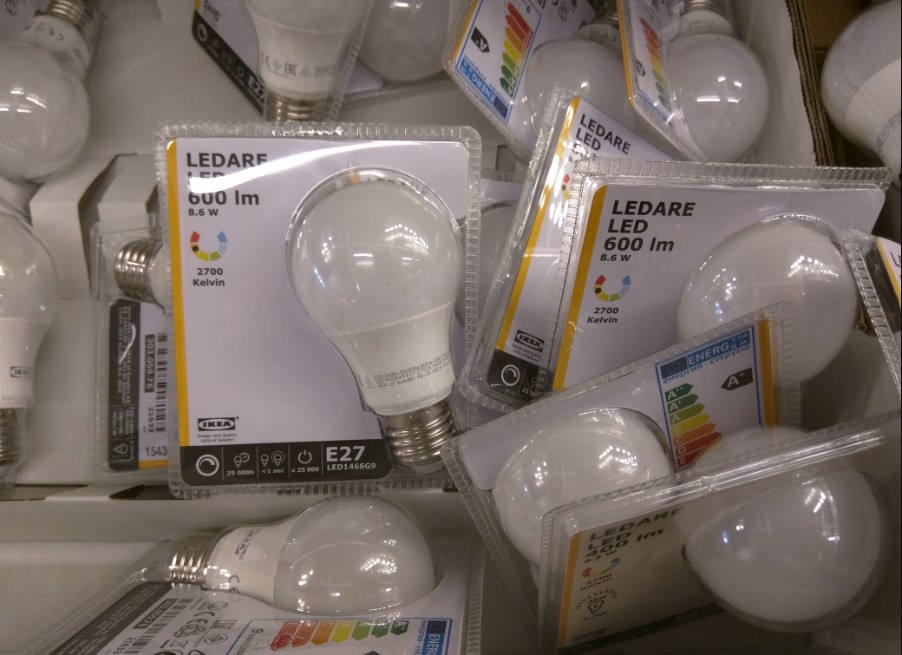- cross-posted to:
- news@lemmy.world
- green@lemmy.ml
- cross-posted to:
- news@lemmy.world
- green@lemmy.ml
Incandescent light bulbs are officially banned in the U.S.::America’s ban on incandescent light bulbs, 16 years in the making, is finally a reality. Well, mostly.



Some of these bulbs might be difficult to find in LED and there might be other considerations like shape, heat, dimmer compatibility, etc… Replacing fixtures could represent a significant burden in these cases and thought there are many exceptions listed they likely represent a small percentage of overall usage.
I’ve seen dimmer compatible LEDs and, even better, LED bulbs that have built in control of light intensity and even color. I’ve even seen bulbs capable of playing music through bluetooth!
Shape I don’t really see as a concern, as any shape an incandescent bulb can be produced in, a LED bulb can also be. And then some, as the LEDs can be set up, twisted and bent into some very imaginative shapes and angles.
And heat is not ready a concern. You can touch most LED bulbs with your bare hands with no risk of severe burn. Unless very high wattage is in play, at most, a LED bulb will be warm to the touch.
Try not to dismiss everything so quickly. I came up with those in 5 minutes but a committee of experts could find many more. When the exceptions were written they had a reason. A few examples:
In a traffic fixture, the heat that the incandescent bulb generates often serves to melt ice, and early traffic fixtures with LEDs did have icing problems. Replacing the fixtures would represent a hug burden.
An LED wouldn’t survive in an oven and oven lights aren’t on for very long either so what would it matter?
A bulb in a refrigerator could be exposed to condensation.
Dimmer compatible LEDs require pulse width modulated dimmers. Incandescent dimmers are often resistance dimmers.
The exception are there to make sure that a $1 part doesn’t render a $1000 appliance inoperable. Replacing the appliance would undoubtedly generate a ton more carbon than using an incandescent and the rule doesn’t say that LED bulbs are prohibited just that incandescent bulbs for those uses are not yet banned.
LED refrigerator bulbs are already a thing; bought one recently by accident, when looking for a very low power/low brightness for a bed side table.
Those, apparently, are no longer a concern.
Screw in LED bulbs with built in brightness and color control, that you can command from a phone application or through a conventional remote control, are already common, thus rendering conventional dimmers obsolete.
Why keep those? To my very limited knowledge, dimmers can require expensive and extensive installation.
I have seen LED traffic lights with built in anti frost measures and the expenditure to have those replaced is not a good argument to keep that particular use of incandescent lamps around.
LED low power requirements, paired with their long service life, enables traffic lights to be independent from the power grid, through the use of solar panels and batteries, keeping it working even when severe weather disrupts energy distribution. LEDs are also brighter and easier to see from afar.
There may be very particular cases where incandescent bulbs still do not have an alternative but to say they are irreplaceable is a disservice.
I’m not trying to be dismissive, I’m trying to be demanding.